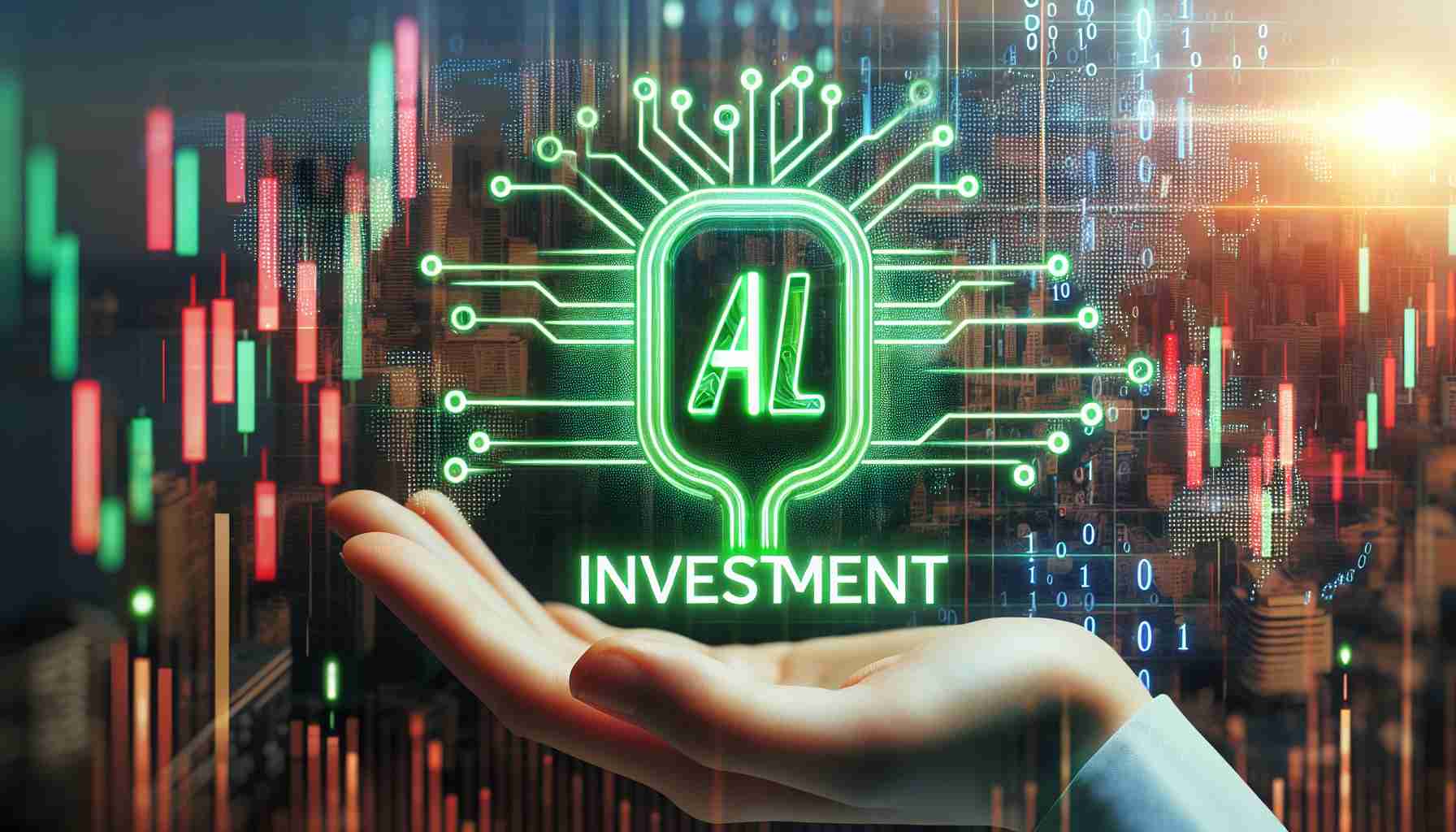Over the past three decades, investors have witnessed numerous game-changing trends and innovations that promised significant growth. From the internet to 3D printing to blockchain technology, each trend captured the attention of growth-seeking investors. However, no trend exemplifies the fear-of-missing-out (FOMO) trade quite like artificial intelligence (AI).
AI has the potential to revolutionize nearly every sector and industry, with PwC analysts predicting a staggering $15.7 trillion increase in global gross domestic product by 2030. And no company has benefited more from this AI revolution than Nvidia.
Nvidia is a semiconductor stock that has become the face of the AI revolution. Its A100 and H100 graphics processing units (GPUs) dominate the market and are integral to high-compute data centers. The demand for these GPUs has skyrocketed, allowing Nvidia to enjoy unparalleled pricing power and impressive data center sales growth.
However, before jumping on the Nvidia bandwagon, it’s essential to consider several factors that may dampen its outlook.
1. Probability of Margin Cannibalization: As Nvidia expands production to meet increasing demand, there is a high likelihood of margin cannibalization. The company’s pricing power is expected to decline as competition increases and its own production expands, negatively impacting its gross margin.
2. Growing External Competition: While Nvidia currently controls a significant share of the AI-accelerated GPU market, sustaining this share may prove challenging. Competitors like Advanced Micro Devices (AMD) and Intel are introducing their own AI chips, which pose a threat to Nvidia’s market share and pricing power.
3. Internal Competition: Notably, Nvidia’s top customers, such as Microsoft, Meta Platforms, Amazon, and Alphabet, are also its potential competitors. These companies are developing their own AI chips, reducing their reliance on Nvidia in the future.
4. Regulatory Restrictions: U.S. regulators have restricted the export of Nvidia’s high-powered GPUs to China, a significant market. These restrictions have impacted Nvidia’s sales and could continue to hinder its growth.
5. Lack of Insider Buying: Over the past three years, there has been no insider buying activity in Nvidia. This absence of insider confidence raises questions about the company’s future prospects.
6. Early Stage Investment Bubble: Every next-big-thing investment goes through an early stage bubble, and history reminds us that investors often overestimate adoption rates. While AI has transformative potential, it’s prudent to approach its current bubble cautiously.
7. Lack of Concrete Game Plans: Many businesses lack a concrete game plan for deploying AI solutions, which raises concerns about the actual impact of AI on companies’ sales and profitability. This uncertainty is especially significant for Nvidia, which has experienced exponential market cap growth.
As with any investment, it’s crucial to evaluate both the potential and the risks. While Nvidia has undoubtedly benefited from the AI revolution, investors should carefully consider the challenges the company might face in the future.
FAQ:
Q: What is Nvidia?
A: Nvidia is a semiconductor stock that has become synonymous with the artificial intelligence (AI) revolution.
Q: What are A100 and H100 GPUs?
A: A100 and H100 are Nvidia’s graphics processing units (GPUs) that are dominant in high-compute data centers.
Q: Who are Nvidia’s top customers?
A: Nvidia’s top customers include Microsoft, Meta Platforms, Amazon, and Alphabet.
Q: What are the risks of investing in Nvidia?
A: Some of the risks associated with investing in Nvidia include potential margin cannibalization, growing external and internal competition, regulatory restrictions, lack of insider buying, and the possibility of an early stage investment bubble.
Definitions:
– Artificial Intelligence (AI): The simulation of human intelligence in machines that are programmed to think and learn like humans.
– Semiconductor: A material that has electrical conductivity between a conductor and an insulator, and it is used to create electronic circuits and components.
– Gross Domestic Product (GDP): The total value of all goods and services produced within a country over a specific period of time.
– Graphics Processing Unit (GPU): A specialized electronic circuit designed to rapidly manipulate and alter memory in order to accelerate the creation of images in a frame buffer intended for output to a display device.
– Margin Cannibalization: It refers to the decrease in profit margins as a result of increased production and competition.
– Insider Buying: The purchase of shares in a company by its own employees or people closely affiliated with the company, representing confidence in the company’s future prospects.
Related links:
– Nvidia: Official website of Nvidia.
– PwC AI Analysis: Sizing the Prize: A report by PwC analyzing the potential impact and growth of Artificial Intelligence.
FAQ:
Q: What is Nvidia?
A: Nvidia is a semiconductor stock that has become synonymous with the artificial intelligence (AI) revolution.
Q: What are A100 and H100 GPUs?
A: A100 and H100 are Nvidia’s graphics processing units (GPUs) that are dominant in high-compute data centers.
Q: Who are Nvidia’s top customers?
A: Nvidia’s top customers include Microsoft, Meta Platforms, Amazon, and Alphabet.
Q: What are the risks of investing in Nvidia?
A: Some of the risks associated with investing in Nvidia include potential margin cannibalization, growing external and internal competition, regulatory restrictions, lack of insider buying, and the possibility of an early stage investment bubble.

